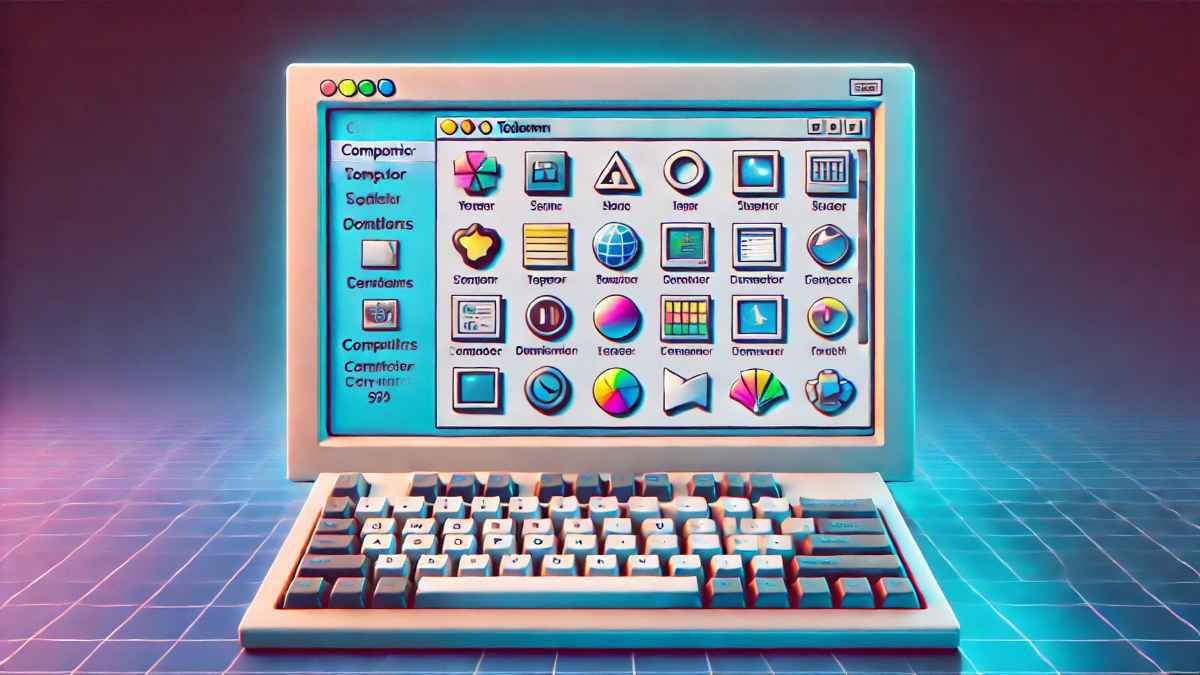Linex 90s Tool Bar – The Nostalgic Tech You Should Know
Introduction
The Linex 90s tool bar was a defining feature of early graphical user interfaces, offering users a streamlined way to access essential software tools. Whether you’re a tech historian, a retro computing enthusiast, or just curious about past UI trends, this article explores everything you need to know about the Linex tool bar from the 90s.
History and Evolution of the Linex 90s Tool Bar
The Rise of Toolbars in the 90s
In the 1990s, graphical user interfaces (GUIs) revolutionized computing. The Linex 90s tool bar was one of many innovative UI elements that helped users navigate software with ease. This era saw the rise of minimalist toolbars, offering quick access to frequently used applications and settings.
Linex Tool Bar’s Role in UI Development
Linex played a significant role in refining toolbar design. Unlike earlier cluttered interfaces, the Linex tool bar provided a cleaner, more user-friendly experience, influencing future iterations of UI design.
Features of the Linex 90s Tool Bar
Customization Options
One of the standout features of the Linex tool bar was its customization capabilities. Users could:
- Rearrange icons
- Adjust the size of toolbar elements
- Assign shortcuts to frequently used applications
Integration with 90s Software
The Linex 90s tool bar was designed to seamlessly integrate with popular software of the time, such as:
- Early word processors
- Graphics design software
- File management systems
Visual and Functional Appeal
The icon-based design made navigation intuitive, reducing the learning curve for users transitioning from command-line interfaces.
Why Retro Tech Enthusiasts Love the Linex 90s Tool Bar
Nostalgic Appeal
The Linex tool bar evokes nostalgia for users who grew up using 90s operating systems. Many retro tech enthusiasts seek to replicate its experience through modern UI skins and emulators.
Influence on Modern UI Design
While technology has advanced, many modern software toolbars still reflect design elements from the Linex tool bar. Its minimalist approach remains relevant today.

Modern Alternatives to the Linex 90s Tool Bar
Emulators and UI Skins
For those wanting to recreate the Linex 90s tool bar experience, some options include:
- Classic Shell – A tool that mimics 90s-style toolbars.
- Windows 95 Themes – Available for modern OS customization.
Current Software with Similar UI Features
Several modern applications still incorporate toolbar elements inspired by Linex, including:
- Adobe Creative Suite
- Microsoft Office (Classic Mode)
- Linux Desktop Environments (GNOME, KDE, XFCE)
FAQs
1. What made the Linex 90s tool bar unique?
The customizable UI, seamless software integration, and intuitive icon-based navigation made it stand out.
2. Can I still use the Linex 90s tool bar today?
While the original toolbar is obsolete, retro computing enthusiasts use emulators and UI skins to replicate its look and feel.
3. Was the Linex tool bar part of a specific OS?
Yes, it was primarily found in 90s operating systems and software suites designed for professional use.
4. What software was compatible with the Linex 90s tool bar?
It worked with word processors, design software, and file management systems from the 90s.
5. How did the Linex tool bar influence modern UI design?
Its minimalist, user-friendly layout set a precedent for today’s software toolbars.
6. Are there any alternatives that mimic the Linex tool bar?
Yes, Classic Shell, Windows 95 Themes, and Linux desktop environments offer similar features.
Conclusion
The Linex 90s tool bar remains a significant piece of computing history. Whether you’re reminiscing about early user interfaces or looking for modern ways to emulate its experience, its impact on UI design is undeniable.

